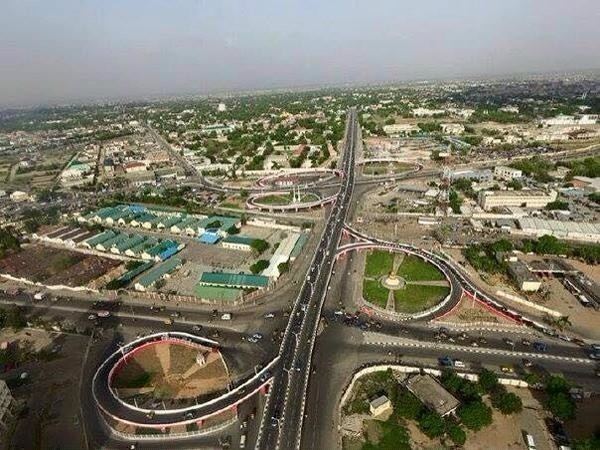Area 20,131 km² ISO 3166 code ISO 3166-2:NG | Date created May 27, 1967 Founded 27 May 1967 Team Kano Pillars F.C. | |
 | ||
Colleges and Universities Bayero University Kano, Kano State University of Techno, Northwest University Kano Points of interest Kano Zoo, Emir's Palace, Gidan Makama Museum, Gidan Dan Hausa Museum, Roxy Amusement Park Similar Zamfara State, Borno State, Adamawa State | ||
Ashadu my leather is from nigeria s northern kano state same place gucci buys from
Kano State is a state located in North-Western Nigeria. Created on May 27, 1967 from part of the Northern Region, Kano state borders Katsina State to the north-west, Jigawa State to the north-east, Bauchi State to the south-east and Kaduna State to the south-west. The capital of Kano State is Kano.
Contents
- Ashadu my leather is from nigeria s northern kano state same place gucci buys from
- Map of Kano Nigeria
- Kano state documentary part 1 mp4
- Agriculture
- Commerce
- Industry
- Tourism
- Local Government Areas
- Languages
- Population
- References
Map of Kano, Nigeria
The state originally included Jigawa State which was made a separate state in 1991.
Kano state documentary part 1 mp4
Agriculture
Subsistence and commercial agriculture is mostly practiced in the outlying districts of the state. Some of the food crops cultivated are millet, cowpeas, sorghum, maize and rice for local consumption while groundnuts and cotton are produced for export and industrial purposes. During the colonial period and several years after the country’s independence, the groundnuts produced in the state constituted one of the major sources revenue of the country. Kano State is a major producer of hides and skins, sesame, soybean, cotton, garlic, gum arabic and chili pepper.
Commerce
Commercial activities in Kano first developed with the establishment of the Kurmi Market by the Emir of Kano Muhammadu Rumfa in the 16th Century CE. Subsequent leaders made contributions to the emergence of Kano as a leading commercial center in Sudanic Africa. During the Caliphate period in the 19th century the Emirs Ibrahim Dado and Sulaimanu encouraged traders to move from Katsina, capitalising on raids from the Hausa Sultanate of Maradi. The Jihad leaders of the Caliphate encouraged Kola nut trade and Kano was the greatest beneficiary with an annual turnover of about $30 million. Craft industries also evolved in the pre-colonial period contributing to the prosperity of the province.
Industry
Kano State is the second largest industrial center in Nigeria and the largest in Northern Nigeria with textile, tanning, footwear, cosmetics, plastics, enamelware, pharmaceuticals, ceramics, furniture and other industries. Others include agricultural implements, soft drinks, food and beverages, dairy products, vegetable oil, animal feeds etc.
Tourism
The tourist attractions in the state include:
Local Government Areas
Kano State consists of forty-four (44) Local Government Areas (LGAs). They are:
Languages
The official language of Kano State is Hausa language, but Fulani languages is commonly spoken.
Population
According to the 2006 PON census (unofficial) figures from Nigeria Kano State had a population totaling 9,383,682. Officially, Kano State is the most populous state in the country. The state is mostly populated by Hausa people.
